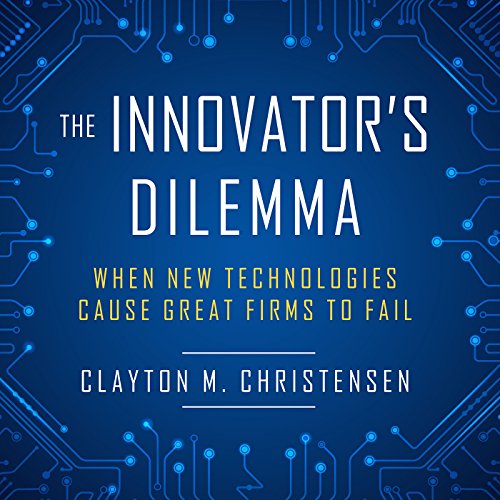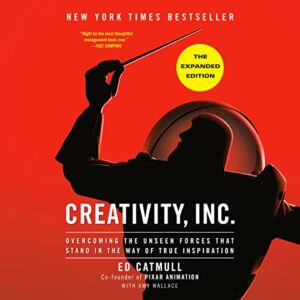Charting the Path of Disruption: Unraveling “The Innovator’s Dilemma”
Starting a business in today’s saturated market might feel like an uphill task. Yet, history is replete with stories of startups that broke through the clutter and established themselves as industry leaders. How did they do it? The answer often lies in disruptive innovation. Clayton Christensen’s seminal work, “The Innovator’s Dilemma,” delves into this phenomenon, offering budding entrepreneurs invaluable lessons on navigating the business landscape.
Understanding the Dilemma: The Core Premise
Christensen’s core argument revolves around the idea that established companies, despite doing everything “right” and maintaining a focus on improving their products, can still lose market share or even go under. The culprit? Disruptive technologies introduced by newer, more agile companies.
But what is disruptive innovation? It’s when a product or service starts at the bottom of a market and relentlessly moves up, eventually displacing established competitors. These innovations don’t necessarily have to be groundbreaking inventions; they can be simple shifts in business models or approaches that address unmet customer needs.
Why Established Companies Often Miss Out
While established companies have resources, brand recognition, and large customer bases, they often fall into the trap of overlooking disruptive technologies for several reasons:
1.Overemphasis on Current Customers: Big companies listen to their existing customers and invest in sustaining innovations, which might not be the future.
2.Profit Margins Over Growth: They often prioritize high-margin businesses to satisfy stakeholders, neglecting smaller opportunities which might be the next big thing.
3.Fear of Cannibalization: Introducing products that might eat into their existing product’s sales is often avoided.
Key Lessons for New Entrepreneurs
For budding business enthusiasts, “The Innovator’s Dilemma” isn’t just a cautionary tale for big corporations; it’s a playbook for how to be the disruptor. Here’s how:
1.Look for Overserved Customers: Find customer segments that find current market offerings too complex or too expensive. Offer simpler, more affordable solutions.
2.Prioritize Flexibility: As a startup, your agility is your strength. Make decisions quickly, pivot when necessary, and stay lean.
3.Don’t Shy from Niches: Initially, it might be more viable to focus on smaller markets that big players ignore. Dominate there and then scale.
4.Embrace Risk: Disrupting an industry is inherently risky. Don’t be afraid to challenge the status quo.
5.Iterate Continuously: Use feedback loops to constantly refine your product, ensuring it evolves to meet changing market needs.
Carving Your Niche: Steps to Embrace Disruption
Drawing from Christensen’s insights, here’s a roadmap for aspiring business owners:
Spot the Gap: Conduct market research to identify overlooked customer segments or unmet needs.
Prototype Rapidly: Build a minimum viable product (MVP) and get it to the market. Feedback at this stage is gold.
Stay Customer-Centric: While initial traction can be exhilarating, always keep the customers’ evolving needs at the forefront.
Scale Strategically: Once you’ve achieved a stronghold in a niche, consider horizontal or vertical scaling, but do it judiciously.
Stay Informed: Keep a pulse on industry trends and technological advancements. The next disruptive innovation could be just around the corner.
Conclusion: Embracing the Power of Disruption
“The Innovator’s Dilemma” is more than just a business book; it’s a clarion call for startups and entrepreneurs to think differently. In the ever-evolving business landscape, being the disruptor is often the path to unprecedented success. While the journey of entrepreneurship is fraught with challenges, understanding the dynamics of disruptive innovation can provide a distinct advantage.
As you contemplate your business venture, let the lessons from Clayton Christensen serve as your North Star. The market is ripe for disruption, and with the right approach, your startup could be the next big thing. Remember, today’s giants were once startups too; they succeeded not just by doing business but by rewriting the rules of the game. And so can you.
BusinessBookstore.com is a participant in the Amazon Services LLC Associates Program, an affiliate advertising program designed to provide a means for sites to earn advertising fees by advertising and linking to Amazon.com








